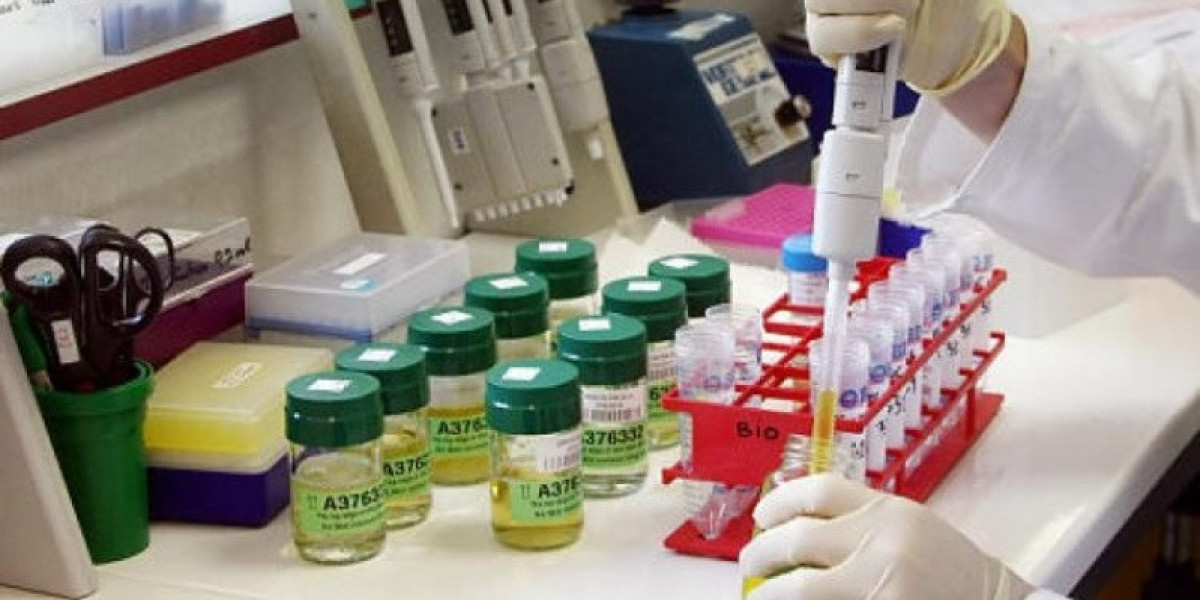The Practitioner’s Acid–Base Primer: Obtaining & Interpreting Blood Gases
Chemical evaluation of urine contains determining its particular gravity (density), pH (degree of acidity or alkalinity), amounts of protein, glucose, fragmented blood cells, and extra. Microscopic examination of urine sediment (the stable part of urine obtained by spinning the urine sample in a centrifuge) is part of a routine urinalysis. Large numbers of red blood cells in urine sediment normally point out bleeding someplace within the urinary tract, whereas massive numbers of white blood cells normally indicate an an infection. Other solid components of urine, generally recognized as casts, are tubular constructions fashioned within the kidneys. Crystals could additionally be present in low numbers, and some types aren't thought-about to be an issue. Bacteria could also be present in small numbers in normally voided urine, but large numbers point out infection.
Figure 9
This tests for the presence of basement membrane fragments and is a color response using a commercial check package. Basic blood work (CBC, chemistry and electrolytes) is taken into account a half of the usual work up of lots of our small animal patients. As blood results ought to all the time be interpreted in mild of the signalment, historical past, scientific indicators and bodily exam findings, the treating veterinarian is all the time the individual that is best suited to interpret these outcomes. This course has particularly been designed to provide practitioners the arrogance and knowledge to interpret blood results. The complete course period is minimal 10 hours, divided over 4 modules that every consist of different paragraphs. Each paragraph accommodates a brief video of a beforehand recorded lectures, in addition to apply quizzes and fascinating literature.
Figure 11
In patients with respiratory acidosis, blood gasoline analysis will reveal decreased pH, increased PCO2, and increased HCO3. Respiratory acidosis happens when there's an accumulation of acid (CO2) in the blood that can't be expelled appropriately by the lungs. Increased CO2 can additionally be known as hypercarbia or hypercapnia and is a marker of hypoventilation. Approximately 1% of normal growing older RBCs are hemolyzed in the circulation, and free Hgb is released. This is quickly converted to Hgb dimers that bind to haptoglobin and are transported to the liver, where they're metabolized in the identical method as merchandise from RBCs eliminated by phagocytosis.
Processing Samples
Knowing when and the way to attract blood gasoline samples, in addition to tips on how to interpret the results, is critical to good affected person care, as veterinary nurses are regularly the members of the team reviewing and delivering outcomes. What the veterinary nurse reviews again to the clinician has a direct impression on the patient’s therapy and outcome. Join us for a 2-hour, VETgirl online veterinary continuing training webinar, where Dr. Peter Chapman, BVetMed(Hons), DECVIM-CA, DACVIM, MRCVS, reviews interpretation of routine hematology and biochemistry results. Learn about widespread abnormalities that may be encountered on routine screening blood work in healthy patients, together with how to interpret the results. Learn if it’s clinically important and when you should continue further monitoring or diagnostic workup. The Standard IDEXX CBC is the appropriate and most cost-effective possibility for routine preanaesthetic or preventive care screenings on clinically healthy animals.
This is a prescription pet food for liver illness, so depending on the place you purchase it from, you could have to receive a vet’s authorization for it earlier than purchasing. Make certain you converse to your vet earlier than feeding this prescription pet food for liver disease to your pooch to ensure it is a good match for their well being. Carbohydrates are good on your dog’s digestion, so make certain to incorporate them in the diet of a dog with liver problems. Good examples of carbohydrates include candy potatoes and chickpeas, as these work nicely for dogs who're illiberal to grain.
Este modo mucho más sana de alimentarlo debe ser aprobada por un veterinario nutricionista, pues es quien va a estudiar el caso concreto de tu canino. Una de las sugerencias que dan los veterinarios nutricionistas es que es primordial la calidad y proporción de la comida en el día. Es importante rememorar que estos signos y síntomas tienen la posibilidad de cambiar de un perro a otro, por lo que es fundamental estar atento a cualquier cambio excepcional en el accionar o el aspecto de tu mascota. Ten en cuenta que cada perro es único, basta clicar na página seguinte y lo que funciona para uno puede no funcionar para otro.
Conoce los signos y tratamientos del cáncer hepático en perros
– Consulta con un veterinario antes de efectuar cambios drásticos en la dieta de tu perro, singularmente si tiene algún problema de salud. – Achicar el agobio en la vida del perro, ya que el estrés crónico puede perjudicar negativamente la salud hepática. Es importante recordar que los suplementos no deben ser empleados como sustitutos de una dieta equilibrada. Siempre es recomendable consultar con un veterinario antes de regentar cualquier suplemento a tu perro. Si nos decantamos por esta opción, siguiendo el consejos del veterinario, deberemos seleccionar carnes bajas en grasas, como el pollo o el pavo. Deben representar aproximadamente un 20 %, pero hay que ir valorando el aporte dependiendo de la evolución del perro.
La clave es incorporar hábitos saludables.La actividad física, indispensable.
En concreto, el carcinoma hepatocelular es el tumor hepático mucho más frecuente en los perros, seguido del carcinoma de vías biliares. Como dueños de mascotas, entendemos lo importante que es proteger y sostener la salud y el confort de nuestros amigos pilosos. Para ayudarte en esta tarea, hemos recopilado una sucesión de consejos y trucos para el cuidado de tus mascotas. Una de las afecciones hepáticas más frecuentes en mascotas es la hepatitis, que puede ser causada por infecciones virales, bacterianas o parasitarias. Los síntomas de la hepatitis en las mascotas incluyen pérdida de apetito, vómitos, diarrea, ictericia y sopor.
Enfermedades endocrinas
Son pacientes que muestran cuadros más avanzados de patología hepática, en los que se superó la capacidad de reserva funcional del hígado. Aunque el animal padezca una enfermedad crónica, los síntomas suelen aparecer de manera aguda en el instante en el que el hígado no puede hacer sus funciones por haberse superado su reserva servible. En el momento en que conocemos los distintos grupos en los que se clasifican las enfermedades hepáticas, vamos a argumentar de manera detallada las distintas causas que las tienen la posibilidad de producir. Frente a la aparición de síntomas compatibles con un problema hepático en el perro, nuestro veterinario deberá realizar analíticas para descartar otras anomalías de la salud y confirmar el fallo hepático, aparte de concretar su origen.
¿Con qué frecuencia debo incluir estos alimentos en la dieta de mi perro?
Por ello, estas, aparte de la inapetencia y los inconvenientes digestivos, son otros elementos a tomar en consideración en la dieta para perros con problemas hepáticos. Va a ser el veterinario quien, después de las pruebas pertinentes, llegue al diagnóstico y prescriba el tratamiento conveniente, que va a combinar fármacos y dieta. La primera y más importante una parte de la desintoxicación del hígado en perros es la dieta. Dar de comer a tu perro con una dieta saludable y balanceada es fundamental para sostener su hígado en buen estado. Asegúrate de que la comida que le das a tu perro sea de alta calidad y no tenga dentro conservantes ni aditivos artificiales. En el presente artículo, te presentamos una guía completa paso a paso sobre la desintoxicación del hígado en perros.






